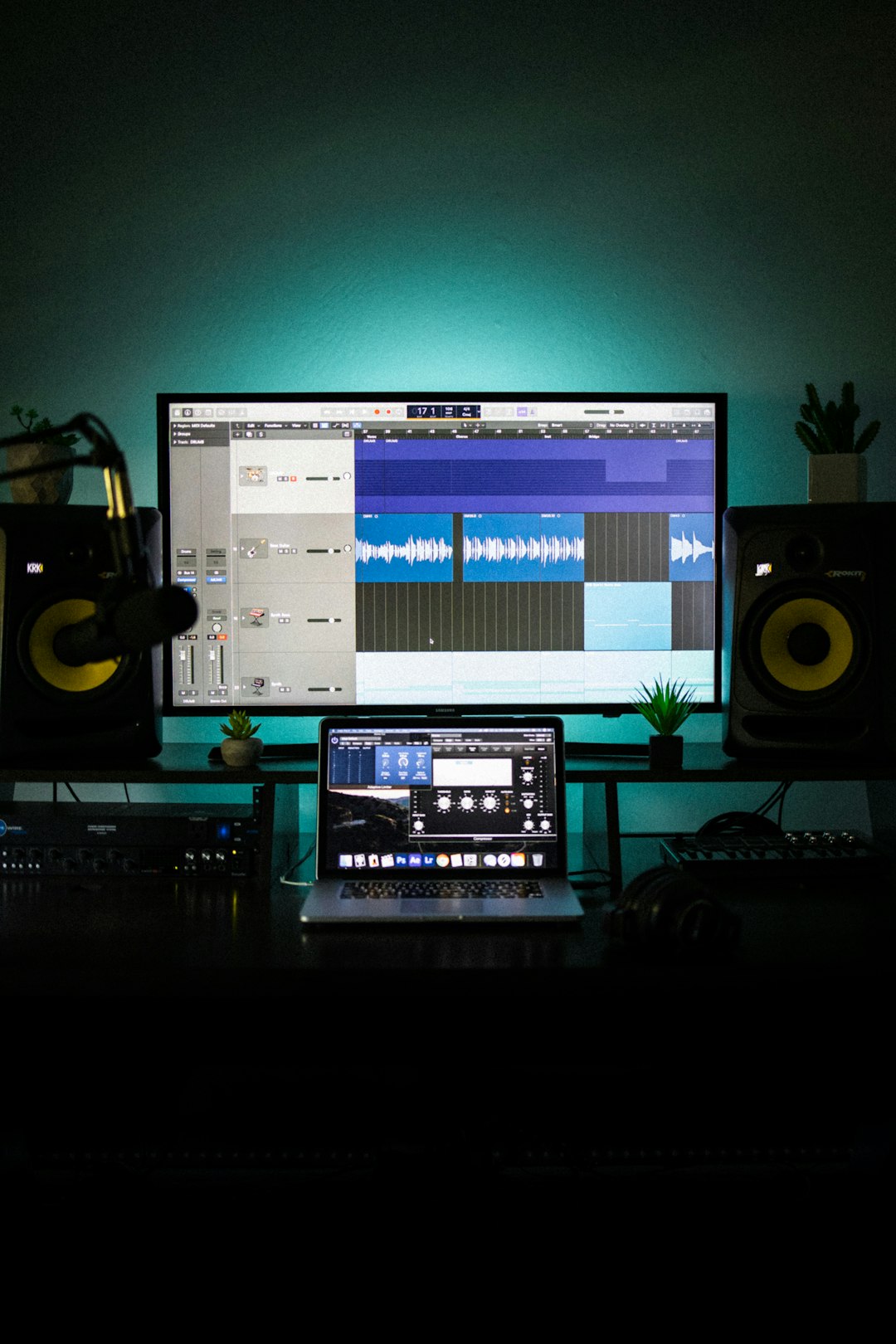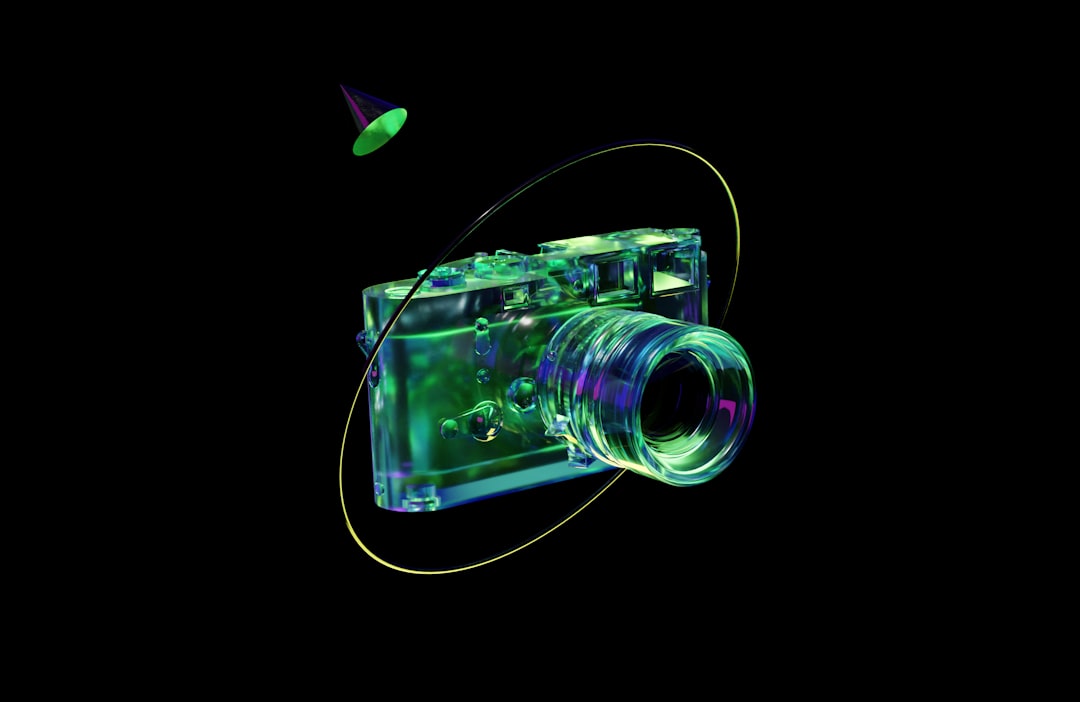Samsung has continually set the standard in smartphone innovation, and with the Galaxy S24 Ultra, it has raised the bar significantly. One of the most compelling advancements in this generation is not just the powerful hardware but the intricate integration of AI-powered editing tools. These features go far beyond superficial enhancements — they redefine what users can do with photography and videography directly on their smartphones.
The Galaxy S24 Ultra represents a fusion of cutting-edge hardware and smart software, offering an editing suite that taps into on-device neural processing and cloud-based AI services. This article delves into the new suite of AI photo and video editing tools that come packaged with the S24 Ultra, analyzing their functionality, performance, and real-world use.
Contents of Post
Enhancing Creative Control Through AI
Samsung’s emphasis with the S24 Ultra AI editing tools was clearly on bringing professional-grade photo editing capabilities into the hands of average users without requiring expert knowledge. The suite comprises both automatic and manual tools, built into the Samsung Gallery app, and accessible post-capture as well as in real-time camera previews.
Key AI Editing Features
The Galaxy S24 Ultra includes several impressive AI-driven tools that automate complex editing tasks:
- Generative Edit – Enables removal of subjects or objects and seamlessly fills in the background using AI image generation models.
- Photo Remaster – Sharpens details, fixes blur, adjusts lighting, and automatically enhances overall image clarity.
- Object Eraser 3.0 – Updated with better edge detection and texture matching to remove elements from the scene more naturally.
- AI Shadows and Reflections Remover – Helps clean images taken in suboptimal lighting conditions or taken through reflective surfaces like windows or water.
- Auto Framing – Reframes an image or video shot more professionally with smart cropping while keeping key subjects centered and proportioned.

Generative Edit: Samsung’s Leap into AI-Based Composition
The Generative Edit feature deserves special spotlight for the way it demonstrates Samsung’s implementation of on-device generative AI. Users can circle or mark objects within a photo they wish to remove. The AI then analyzes the scene, determines lighting and texture patterns, and contextually fills in the missing areas with surprisingly high accuracy.
This feature is Samsung’s response to similar AI tools seen in Google’s Pixel line, yet the S24 Ultra’s version supports higher resolution image processing and minimal latency. What sets it apart is the seamlessness of the inpainting process — the fill-ins are often nearly indistinguishable from the original scene.
Additionally, during the edit process, a visible watermark can be optionally added to indicate the photo was altered using AI. This move introduces a long-overdue element of transparency in digital media creation.
Simplified Restoration with Remaster and Object Eraser
The Photo Remaster tool on the Galaxy S24 Ultra addresses poorly taken pictures — whether due to motion blur, low lighting, or poor focus. It functions within seconds and automatically suggests enhancements with a preview slider. The results, especially in tricky low-light conditions, are often dramatic.
The Object Eraser 3.0 is also a major upgrade, with better distinction between object edges and background textures. Unlike earlier versions, the AI no longer leaves visible smudges or repetitive patterns. This makes it incredibly useful for cleaning up crowded shots, street scenes, and even photobombed moments.
Workflow Integration
All AI edits are non-destructive and reversible, stored as layered data within the photo metadata. Users can undo edits at any time, export both original and edited versions, and even rework previous changes. This editing continuity establishes a significantly more professional-level control over image handling on a smartphone.

AI in Videography: Stabilization and Framing
While much of the focus is on photo enhancement, the Galaxy S24 Ultra also introduces notable AI tools for video editing and shooting support. One tool of great interest is Auto Framing, which tracks subjects within a frame and intelligently crops video playback for optimized composition.
This is especially useful during vlogging or conference presentations, where handheld footage often becomes unstable or off-centered. Combined with improved AI-based video stabilization algorithms, the S24 Ultra delivers smoother, more focused recordings that rival those taken with gimbals.
Furthermore, after video recording, users can access timeline-based AI edits. These include light auto-correction, sound normalizing, and highlight reel creation — all managed directly on the device using Samsung’s updated ProVideo app suite.
Integration with Galaxy Ecosystem
Another strength of these AI tools is how they interact with the greater Samsung Galaxy ecosystem. Edited images and clips can be synced via Samsung Cloud, shared cross-device via Quick Share, and even opened in Samsung Studio on tablets and laptops with further editing capabilities. This tightly connected environment elevates the S24 Ultra from a standalone device to a hub of multidevice creativity.
Ethical AI Use and Watermarking
As AI-modified media becomes widespread, questions around ethical use, manipulation, and misrepresentation have surfaced. Acknowledging this, Samsung has introduced optional AI Edit Indicators, like watermarks and metadata markers, on generatively manipulated images.
By giving users these options, Samsung is promoting responsible use while maintaining trust in image authenticity. Coupled with secure on-device processing for most tasks (preventing cloud data exposure), the S24 Ultra’s editing tools are as grounded in privacy as they are in power.
Real World Performance
Initial performance tests with the S24 Ultra AI tools show consistently quick response times — most edits are executed in under 2 seconds — thanks to the power of the Snapdragon 8 Gen 3 chip and enhanced NPU (Neural Processing Unit). Battery impact is also minimal during most edit operations unless stacking multiple video adjustments.
Moreover, casual users don’t require prior experience with editing tools. The interface is highly intuitive; the Gallery preview suggests what edits are possible, and a side-by-side toggle offers immediate before-and-after comparison. For traditionalists, manual controls remain available, allowing fine-tuning of the AI’s output.
Limitations and Future Potential
No AI tool is flawless. In highly complex scenes or unusual textures, Generative Edit may still introduce slight mismatches or visual artifacts upon close inspection. Advanced users may also find the current suite limited in scope compared to full desktop applications.
However, what sets the Galaxy S24 Ultra apart is its combination of ease of use with substantial creative capability. With regular One UI updates, Samsung is expected to build on this foundation, possibly integrating more AI-led editing presets, cinematic filters, and deeper generative functionality.
Conclusion
The AI editing tools offered in the Galaxy S24 Ultra mark a significant evolution in smartphone media creation. More than simple enhancements, they allow users to retouch, reframe, and recreate their visual memories with confidence, creativity, and authenticity. Samsung has once again set a benchmark — not just in hardware sophistication, but in bringing the power of artificial intelligence to the fingertips of millions worldwide.

